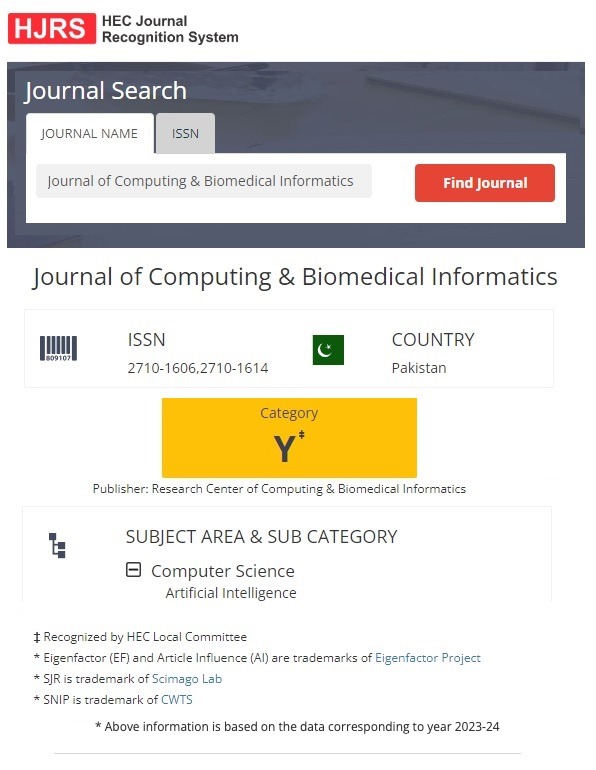Unveiling Data Scientist Salaries: Predictive Modeling for Compensation Trends
Keywords:
Machine Learning, Data Science, Data Analytics, Classification Model, Predictive Analysis, Ensemble LearningAbstract
The fast pace of artificial intelligence growth with big data has rendered data science as one of the most in-demand jobs in the world. Data scientists' remuneration structures, though, demonstrate significant heterogeneity by region, industry, and experience, thereby making career advancement difficult for both new and old entrants. Current studies tend to be based on small data samples or basic statistical techniques, hence neglecting the intricacies of determining the determinants of salaries. This study aims to utilize advanced machine learning techniques, including decision trees, ensemble techniques, and eXtreme Gradient Boosting (XGBoost), to build an inferential model of classifying and estimating data science salaries using important determinants such as experience, location, firm size, and job. The model suggested in this study achieves accuracy of 92.3% according to a Random Forest algorithm, which is higher compared to conventional regression-based techniques. Feature importance analysis reveals that experience accounts for 45.7% of salary variation, followed by firm size (22.8%) and location (18.6%). By being data-driven, this research gives practical suggestions to job seekers, organizations, and policymakers, hence allowing them to make informed workforce planning, salary negotiation, and talent acquisition decisions. The study contributes to the body of knowledge by improving the precision of salary classifications, determinants identification, and the usefulness of predictive analytics in labor market trend analysis.
Downloads
Published
How to Cite
Issue
Section
License
This is an open Access Article published by Research Center of Computing & Biomedical Informatics (RCBI), Lahore, Pakistan under CCBY 4.0 International License





